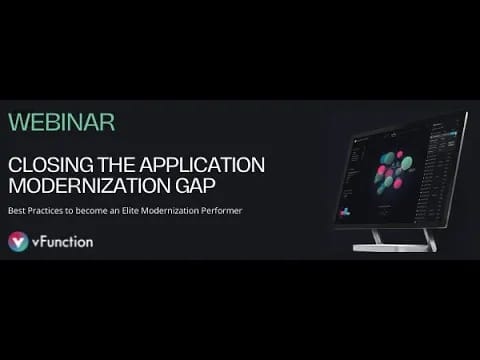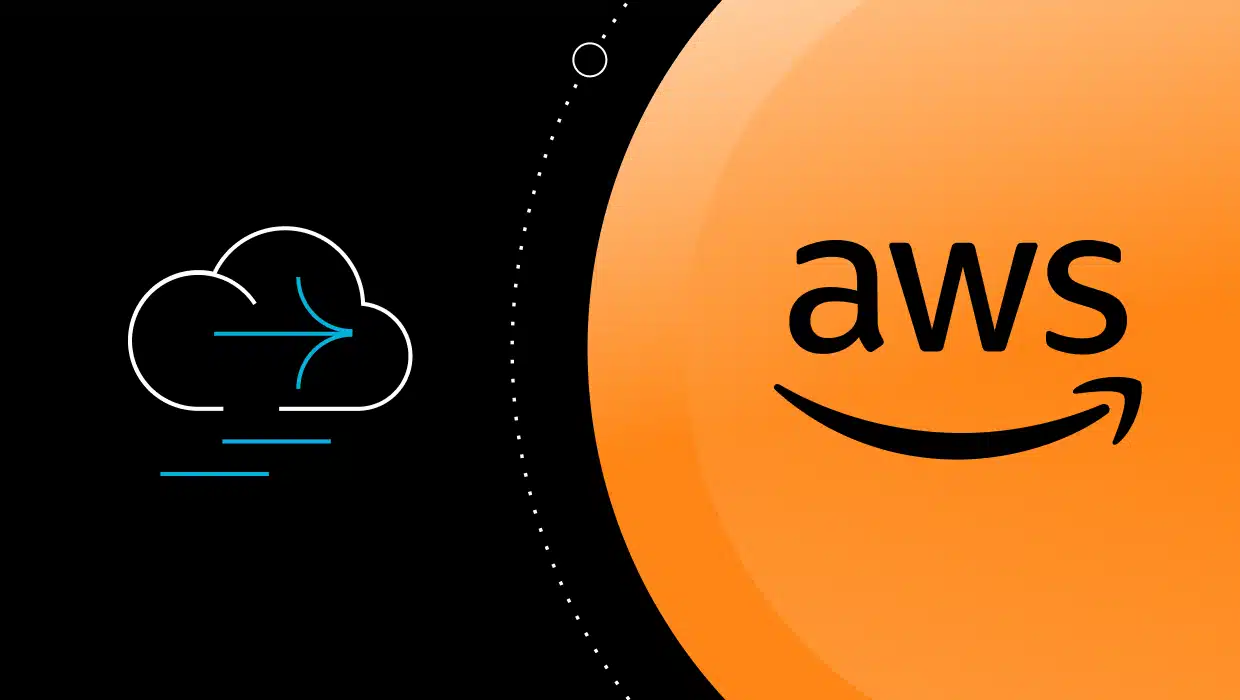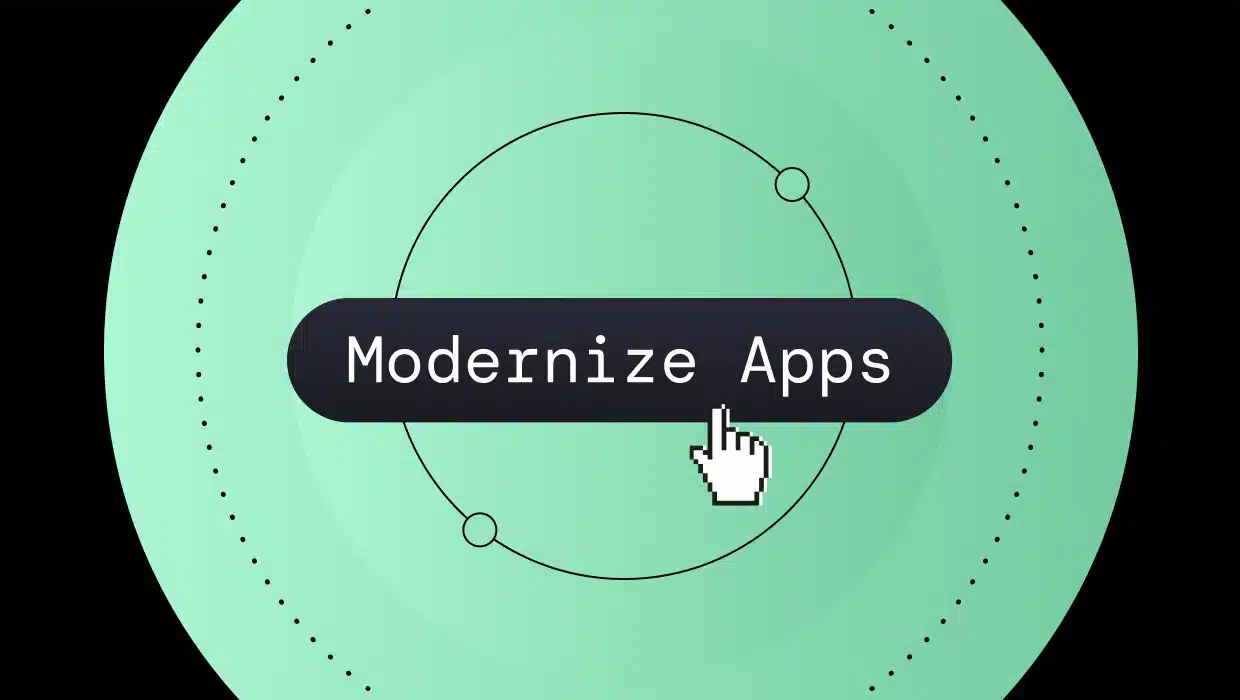The desire to modernize legacy applications has never been stronger, but the industry has lacked the tools and requisite best practices. Elite teams building new applications have dramatically increased their release frequency and engineering velocity, and these same practices can now be applied to legacy Java application modernization and refactoring.
In this webinar, James Governor from RedMonk and the vFunction team will explore how to increase your automation, observability, and continuous modernization skills to massively accelerate Java app modernization velocity and success.







